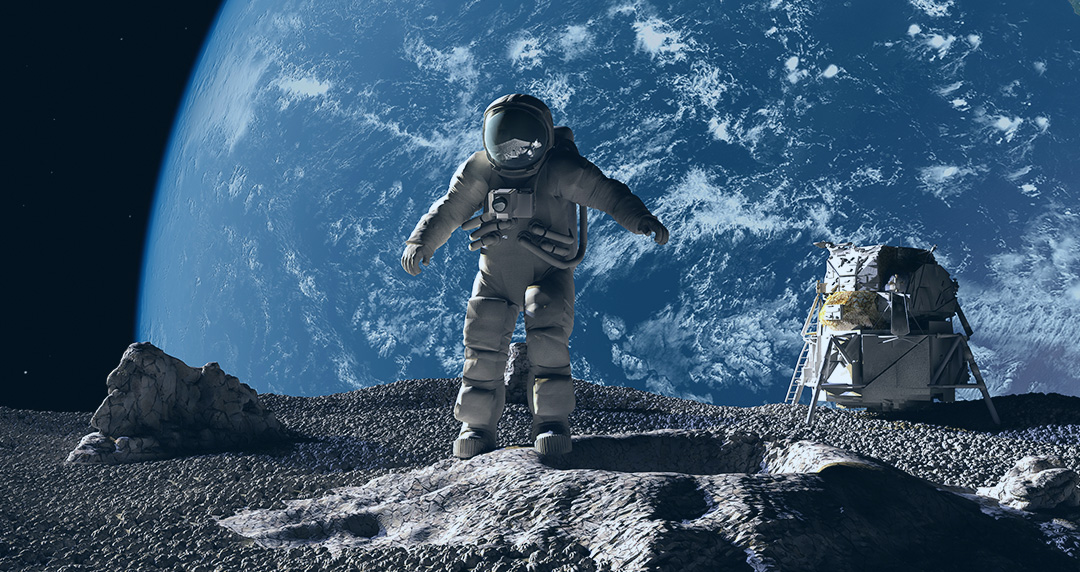White Paper Abstract
As interest in travelling to Mars and the Moon increases and more rovers and landers are planned for both destinations, there is a growing need to model the Martian and lunar thermal environments. The lunar environment initially seems less complex to model due to the lack of atmosphere. The main interaction is between the spacecraft and the lunar regolith. However, the lunar nights are very long and cold and survival through that period is a major challenge.

The Martian atmosphere creates dust storms that introduce the need to model diffuse sky radiation and atmospheric attenuation as well as much greater variability in the environment. Simcenter 3D Space Systems Thermal (SC-SST) has been successfully used to model both environments in the past. This paper presents the modeling methods used and describes recent changes in the software that improve the accuracy of the embedded environmental models. Results are presented for a simple model in both environments and include the results from using more detailed models of the lunar regolith.

